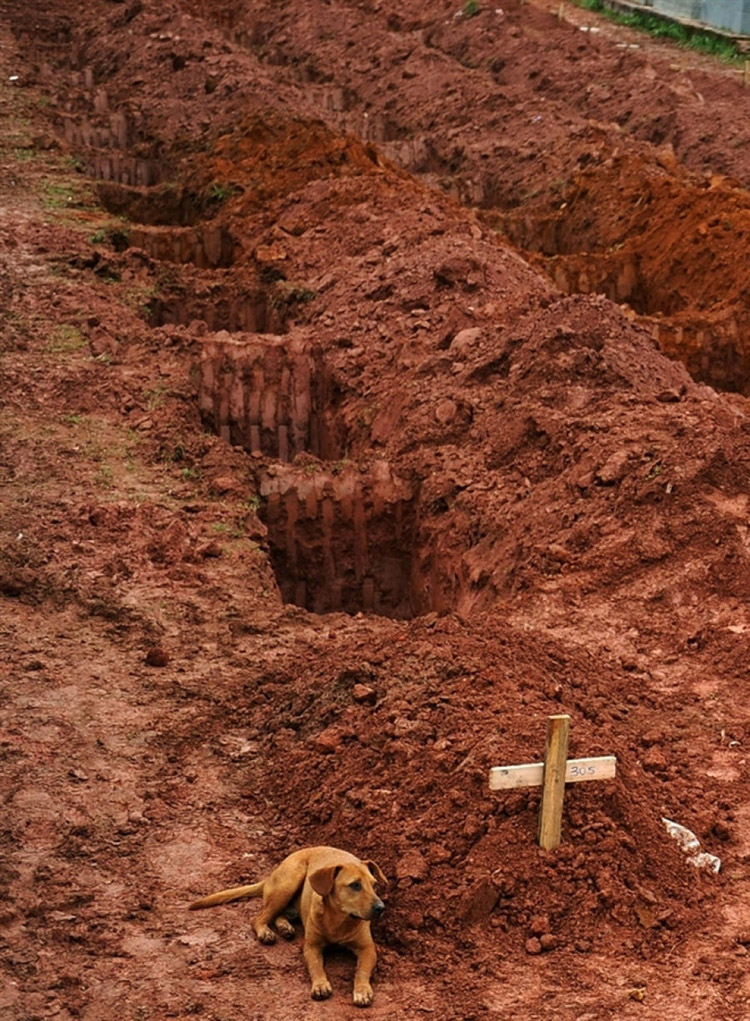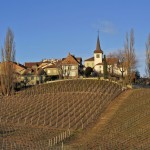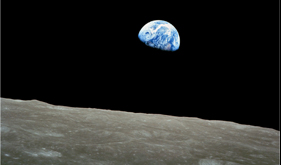Great Photographs No. 7
Dog lies by its owner’s grave
Vanderlei Almeida
This is one you won’t find in any of the books of great photographs …
A dog, named “Leao” (Lion in Portugese), is lying for a second consecutive day next to the grave of his owner, Cristina Maria Cesario Santana, who was killed, along with more than 630 others, in a catastrophic mudslide in Brazil in January 2011.
It was taken by Vanderlei Almeida who, as far as I can gather from my research, is a Brazilian press photographer. Please correct me if you have any more information. Details about this image are sketchy and took some hunting down.
Why do I consider it a great photograph, up with Migrant Mother, Earthrise and Fallen Republican Soldier?
First, it is simple … as are all the others. Its simplicity is it’s power. This is a graveyard. We don’t need a caption to tell us that. And it’s a hastily dug one. Rows of graves, with digger-claw marks on their sides? A wooden cross with no more than a number scrawled on it? This is the aftermath of some disaster.
It is almost monochromatic. With the exception of the tiny band of green in the top right corner, and the faint ‘dusting’ of green next to the graves, this image is all different shades of brown. Then there is the stark cross, with its number, and what could be a bit of shroud sticking out of the red earth. Desolation. And loss.
Initially that patch of green in the top right corner bothered me. Why the heck didn’t the photographer re-frame just a fraction to get rid of it? But, the more I look at this photo, the more it works. The thin band of green hints at normality away from this scene. More wooden crosses can be seen up there. Beyond are things which look either like containers or piles of breeze blocks. And if the photographer had re-framed, the dog, the whole point of this photograph, would no longer have been central.
That ordinary mongrel, the sort you can find anywhere around the world, lying beside the newly-heaped earth, is the point of this photograph. And the fact that the photographer has placed it in the middle at the base is crucial. The story that this photograph tells tugs at the heartstrings … at least, my heartstrings … relentlessly. It’s one of those images you can’t forget.
“Ah … but anyone with a camera could have taken that photograph,” you might say.
Could they? I think this is the sort of photograph that anyone with a camera might have captured:
It’s exactly the same scene, but it doesn’t have anything like the same power. The dog is peripheral, and could be overlooked. What is up in that top right corner is now fully visible. And it’s messy and distracting. The vertical format doesn’t accentuate the lines of graves. The photograph, as a whole, doesn’t work anything like as well. It doesn’t tell the same story.
There’s too much in the second photograph. The photographer’s skill has been to cut out almost all of that extraneous junk (though not quite all) and compose with the subject in a dominant position.
Less is more. And seeing how to achieve that is the key.
Return to Great Photographs page












The first photo makes me cry. The dog looks so lost and lonely. I like your observations about what the photographer left out. If possible, I would like to share this with my Grade 10 English class.
I love how it represents the loyalties of a dog, a companion. Anyone who has ever owned one will feel the depth of it. I think we underestimate animals and the abilities they really have. It makes me think of my dog. She wasn’t the most cuddly dog, but she knew when things were wrong and would be right there with me. She was amazing.